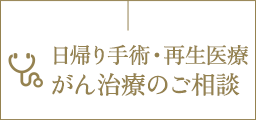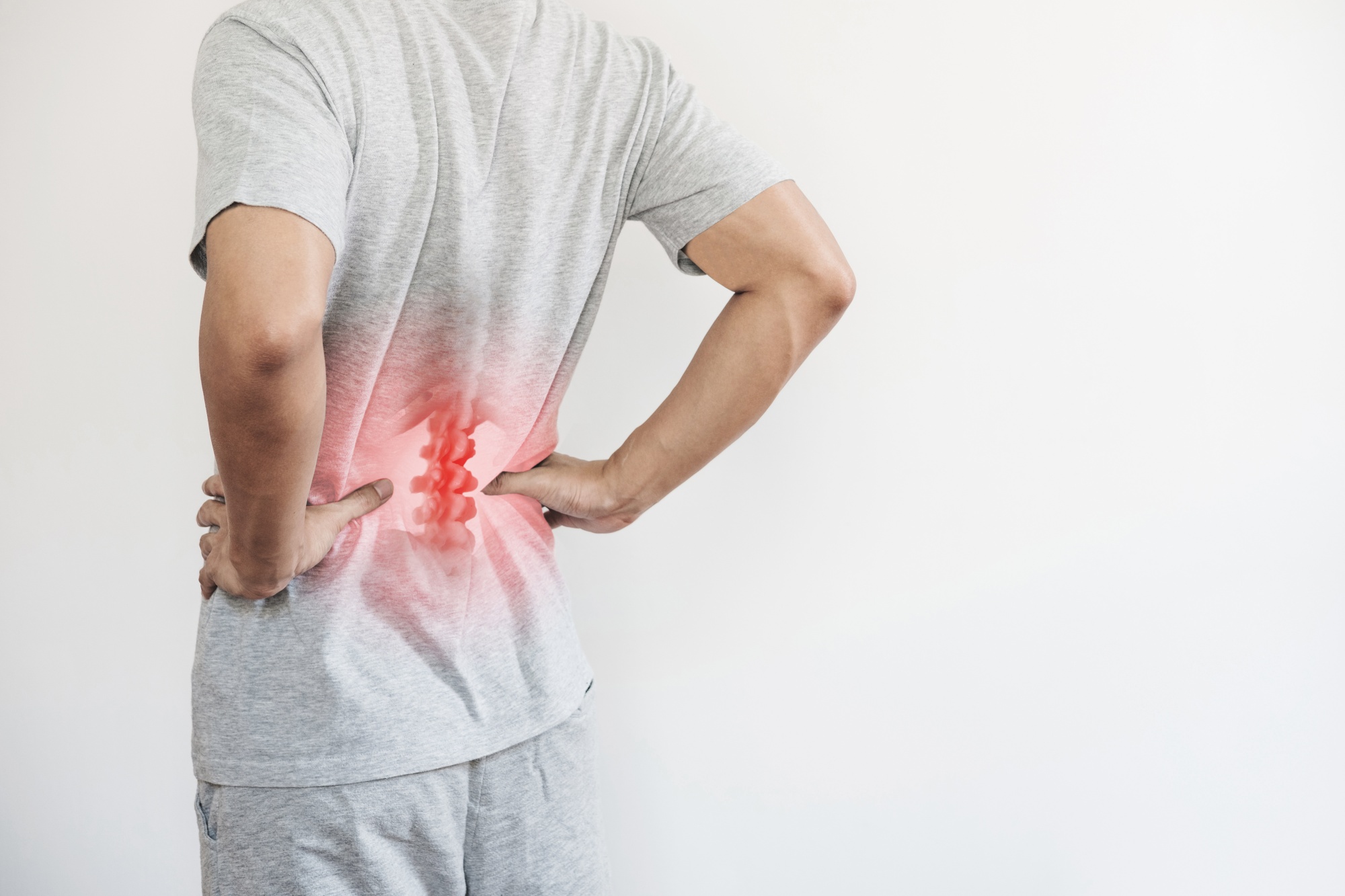
Low back pain is one of the most common complaints in adults, and a major underlying cause is lumbar spinal stenosis. While there are several possible causes, surgical treatments for this condition are well established, and in many cases, surgery can offer a fundamental cure. However, because many patients are older or have few noticeable symptoms despite a diagnosis on imaging tests, deciding whether or not to undergo surgery can be challenging. Here, we’ll take a closer look at the symptoms of lumbar spinal stenosis and what to know about surgical treatment.
<Director Profile>

Satoshi Tanaka
Director of Omotesando General Medical Clinic
My name is Dr. Satoshi Tanaka, and I am the Director of Omotesando General Medical Clinic.We are proud to open a new medical facility in the heart of Tokyo, dedicated to providing advanced and regenerative treatments for a wide range of conditions, including cancer, spinal disorders, and chronic pain. Our goal is to deliver personalized care using the latest medical technologies and approaches.
If you have not found relief through standard cancer treatments, are struggling with ongoing symptoms, or are living with chronic pain that impacts your quality of life, we encourage you to reach out. Our team is here to listen, support, and offer new possibilities for your care.
While we provide highly specialized medical services, we strive to maintain a welcoming and open environment where every patient feels comfortable and cared for.
We look forward to the opportunity to support your health and well-being.
◆Contents
1. What Is Spinal Canal Stenosis?
2. Symptoms of Spinal Canal Stenosis
3. Is Immediate Surgery Necessary for Spinal Canal Stenosis?
4. Same-Day Surgical Options
5. Summary
┃1. What Is Spinal Canal Stenosis?
The spinal canal is a tunnel-like passage surrounded by the vertebrae, intervertebral discs, and ligaments that make up the spine. Inside this canal run the nerves that connect directly to the brain.
Spinal canal stenosis refers to a condition in which this canal becomes narrowed. Causes of narrowing vary and may include age-related degeneration of bones and ligaments, herniated discs pressing on the canal, compression fractures caused by osteoporosis, or vertebral slippage (spondylolisthesis) that misaligns the spine.
┃2. Symptoms of Spinal Canal Stenosis
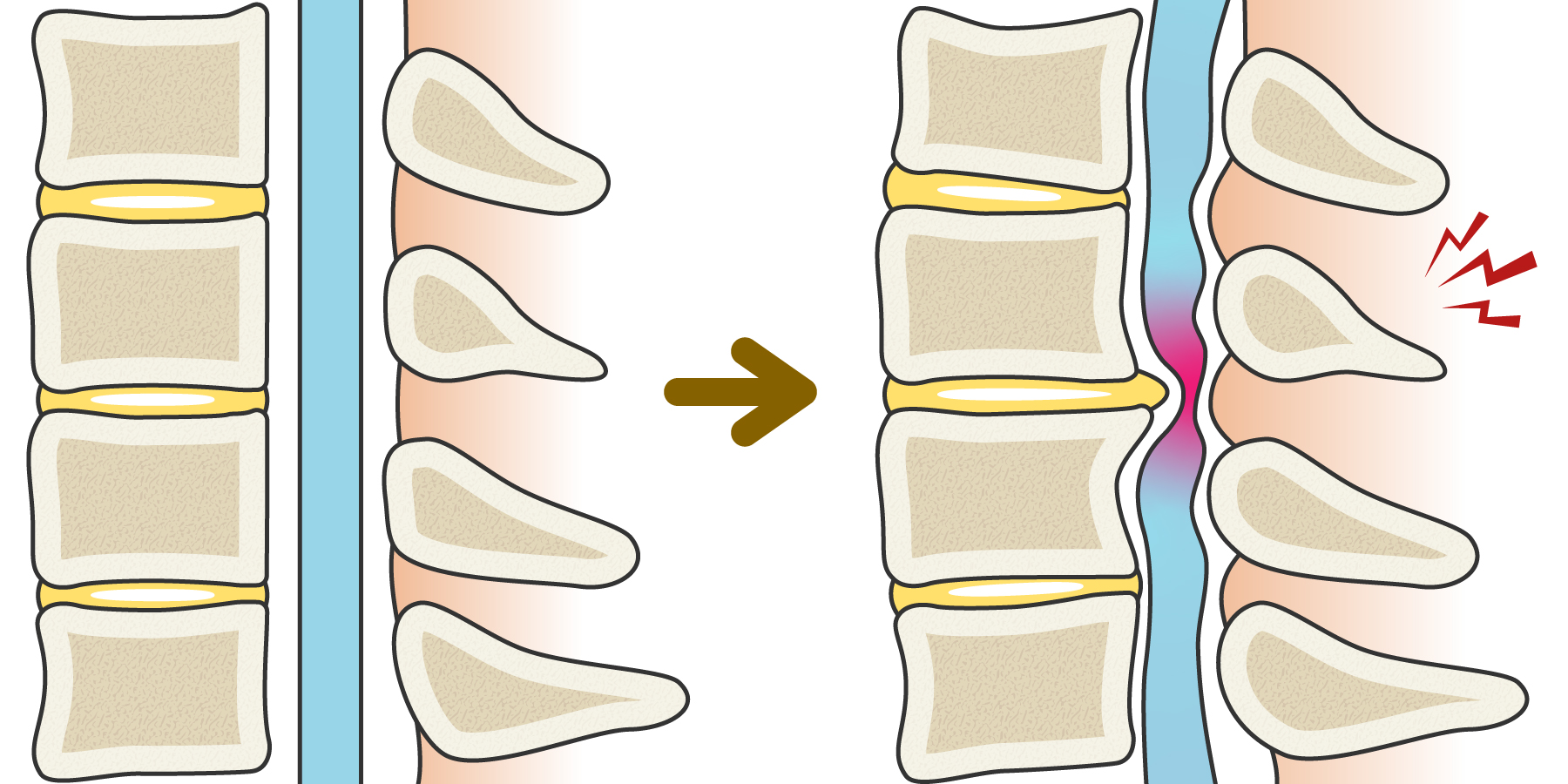
Typical symptoms include numbness or pain that radiates from the lower back to the legs. One well-known sign is intermittent claudication—a condition where pain, numbness, or weakness appears in the buttocks or legs while walking, improves after resting, but returns once walking resumes.
If left untreated for an extended period, spinal canal stenosis can worsen and cause neurological issues such as bladder or bowel dysfunction and muscle weakness.
┃3. Is Immediate Surgery Necessary for Spinal Canal Stenosis?
When the narrowing is mild to moderate, symptoms may sometimes improve naturally. If daily activities are not significantly affected, non-surgical treatments such as medication or injections (known as conservative therapy) are usually tried first. However, if symptoms worsen or begin to interfere with daily life, surgery may be considered.
In cases of severe symptoms—such as leg weakness leading to difficulty walking or bladder and bowel dysfunction—early surgical intervention is generally recommended.
<About Moderate Spinal Canal Stenosis>
Some people with moderate stenosis experience little or no disruption in daily life. Thanks to advances in MRI and imaging technology, it’s becoming more common to detect spinal canal narrowing even when symptoms are relatively mild.
In these moderate cases, surgery is not always immediately necessary. A careful, individualized approach that considers the patient’s lifestyle, personal preferences, and the doctor’s advice can be an effective strategy.
That said, the risk of progression or secondary complications cannot be ignored. As stenosis worsens, both muscle and bone mass may decrease, which can lead to difficulty walking or a higher risk of fractures. To manage these risks, undergoing a minimally invasive same-day surgery before the condition progresses can be one proactive option.
┃4. Same-Day Surgical Options
Our clinic offers several minimally invasive, same-day surgical procedures designed to treat the root causes of spinal canal stenosis safely and effectively. The main options include:
<PLDD>
Percutaneous Laser Disc Decompression (PLDD) uses a laser to vaporize part of the nucleus pulposus inside the disc, relieving pressure on the nerves and reducing pain. The procedure takes about 15–30 minutes, and patients typically stay for only a few hours, allowing for same-day discharge.
>>Learn more about PLDD(Japanese)
<PDR>
Percutaneous Disc Regeneration (PDR) is a regenerative therapy aimed at repairing damaged discs. It can be performed alone or in combination with PLDD, and can also be completed as an outpatient procedure.
>>Learn more about PDR(Japanese)
<PED>
Percutaneous Endoscopic Discectomy (PED) is a minimally invasive endoscopic procedure that removes herniated disc material using a thin camera and specialized instruments. It can be performed on an outpatient basis, with minimal impact on daily life after surgery.
>>Learn more about PED(Japanese)
<PEL>
Percutaneous Endoscopic Lumbar Surgery (PEL) involves using an endoscope to directly remove pressure from the nerves. This method allows surgeons to safely operate deep within the spine while minimizing tissue damage and visible scarring.
>>Learn more about PEL(Japanese)
┃5. Summary
The earlier spinal canal stenosis is treated, the lower the risk of long-term complications. Surgery can serve not only to relieve pain but also as a preventive measure to preserve mobility and function. After fully understanding your doctor’s explanation, it’s important to choose a treatment that best fits your lifestyle and personal goals.



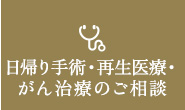




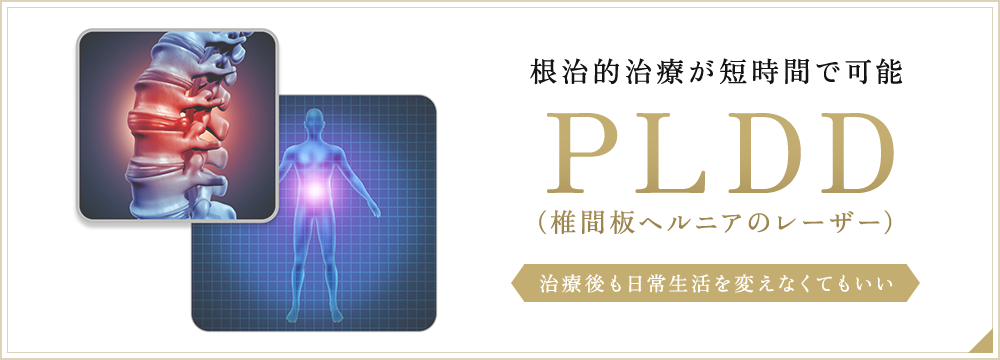
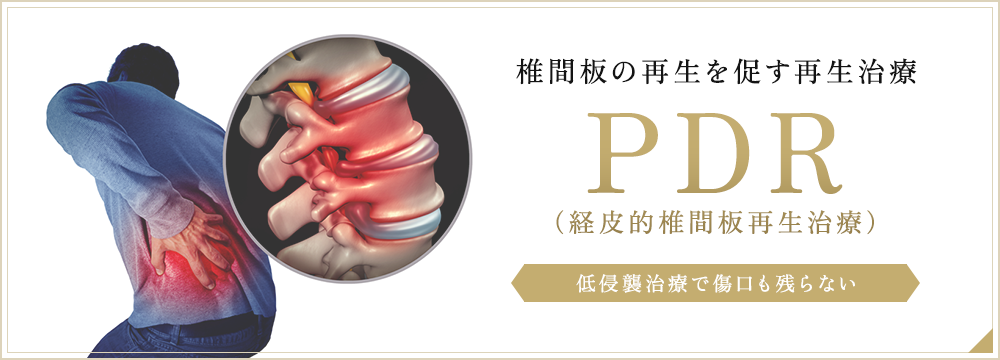
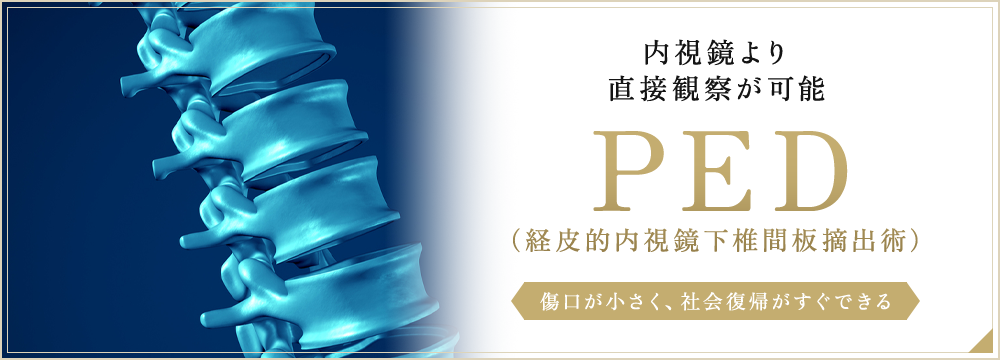
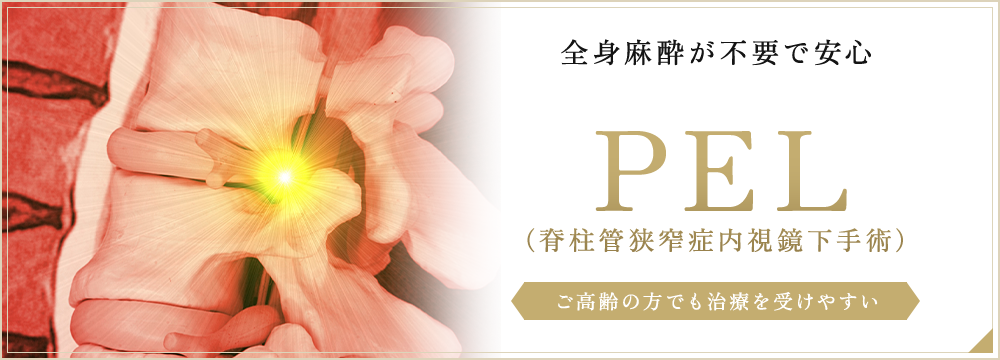
 東京メトロ
東京メトロ クリニック前にパーキング
クリニック前にパーキング


